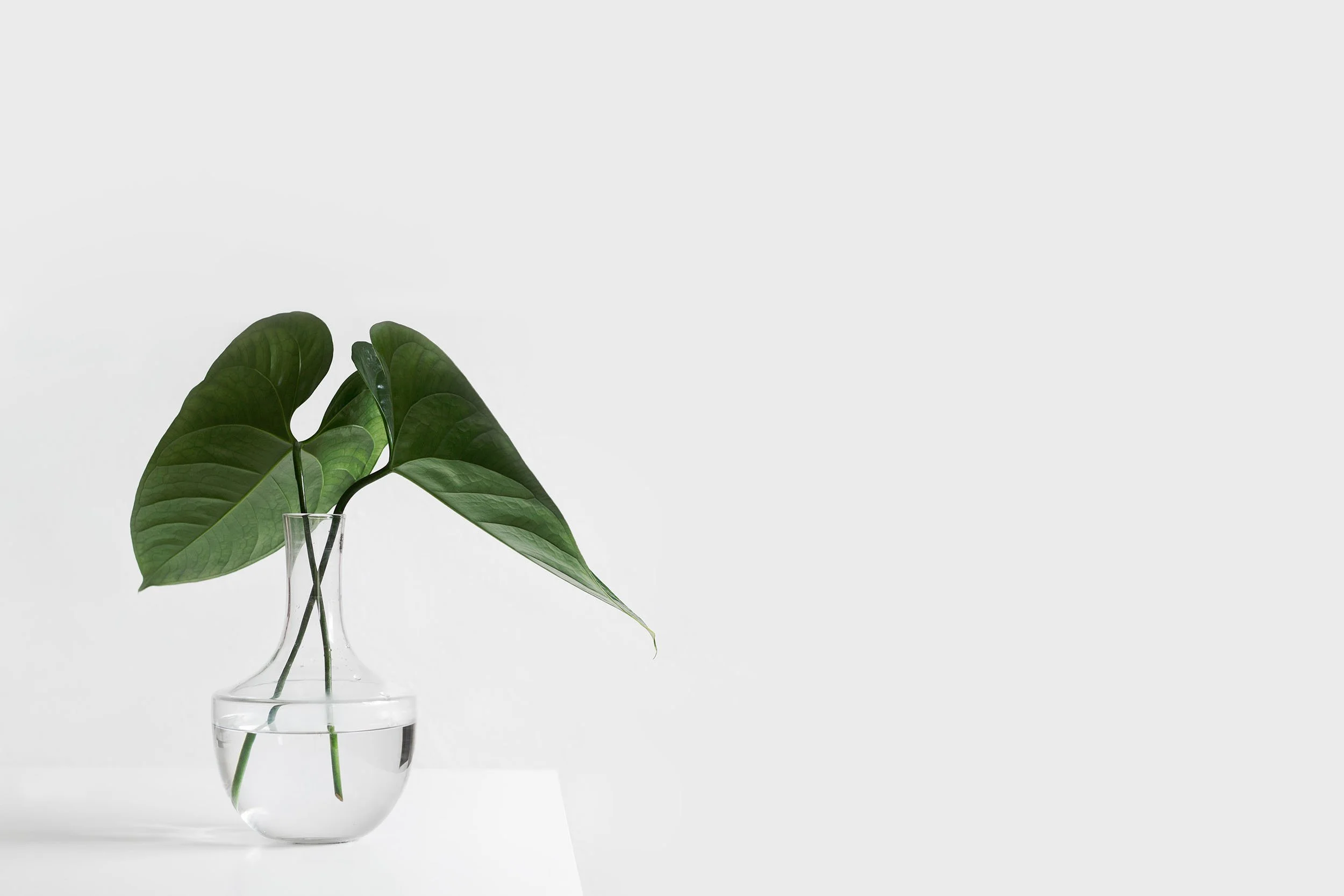Beyond Sparking Joy: How to Decide What to Keep or Discard
I received this question through Minima’s Instagram and wanted to share because I think many people will relate. As much as I love Marie Kondo and all of her wise ways, I do agree simply asking, “Does it spark joy?” is not always enough to determine whether something makes it to the keep pile.
From Meg:
“I am interested in streamlining my stuff. The Kondo method is the most famous, but doesn’t work for me. The issue is something might not spark joy, but I may be using it anyway because it’s what I have and I can’t afford to replace everything. For example, not all my workout clothes are my favorite, but I tend to use them all. Same with kitchen stuff. Is a better question for me, “Have I used this in the past year?” I’ve always wanted to have even less stuff and we are moving into an even smaller house this summer so I thought I’d reach out!”
Photo by Sarah Dorweiler, Evano Community
Here are some other questions and considerations to help when deciding whether to keep or discard:
When was the last time you used it? I don’t think there’s a definitive expiration date (such as one year), but considering the item and when you last used it is a helpful starting point.
If you haven’t used it in awhile and can’t think of a specific use for it going forward, let it go.
What’s the worst thing that would happen if you let it go? Alternatively, what’s the best thing that would happen if you let it go?
Is it irreplaceable or high cost of replacement if you let it go now and need something similar again in the future?
If it is high cost of replacement, but you don’t need it now, can you sell it to make some cash to put towards your savings?
Is it earning its place in your space? This question is especially important for smaller homes. Speciality gadgets and large-but-infrequent items do not usually earn their place in small homes. Consider borrowing or renting these kinds of items instead of owning.
What is your reason for keeping it? If it’s at all fear-based, let it go. As I like to say, “Don’t let the past or possible future crowd out the present.”
Would you buy it again? If you’re hanging onto something you don’t use/need because you paid a lot of money for it, consider what it’s continuing to cost you in time and energy (i.e. clutter) and let it go.
Would you take it with you if you moved?
Can you digitize the item? This applies to paperwork you could scan as well as keepsakes you can photograph and then discard.
Goodwill will take almost anything (and has excellent recycling programs in place), so you don’t have to think of discarding as “throwing out”. Instead, imagine you are sending the item on to its next phase of life.
Even if you use it, could you live (more simply/freely) without it?
Minimizing is an ongoing process and I’m always looking for ways to further simplify. It’s a skill that can be developed and strengthened over time to the point where those decisions of keep/discard become second nature. I’ve always been organized, but my true minimalism journey began when I was laid off from my full time architecture job during the Great Recession in 2008. I began to take a very rigorous look at each and every item I owned and sold even the smallest things for a few bucks here and there. It helped keep me afloat financially and gave me a sense of control and self-sufficiency. Even though I live on a much more comfortable budget now, I still carry the same philosophies with me today.
The Minimalists created some parallel “rules” (they will tell you there are no cut and dry rules). You can download their free e-book 16 Rules for Living with Less—I highly recommend it! If you’d like in-person support decluttering your own home, simply fill out the form below and we’ll be in touch!
